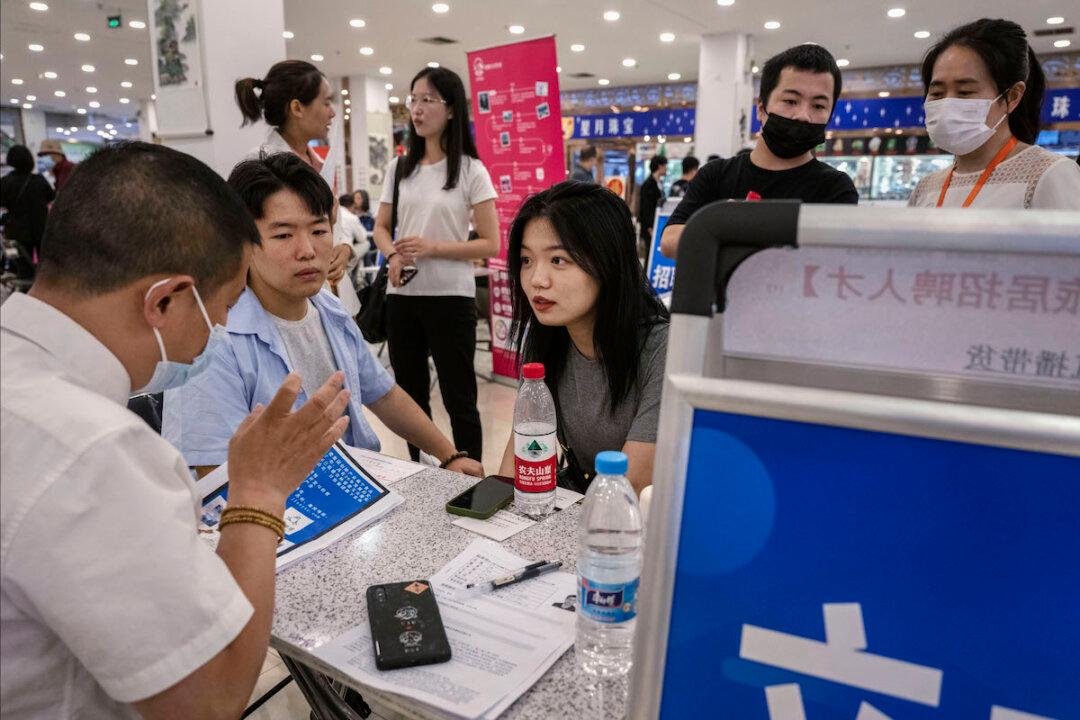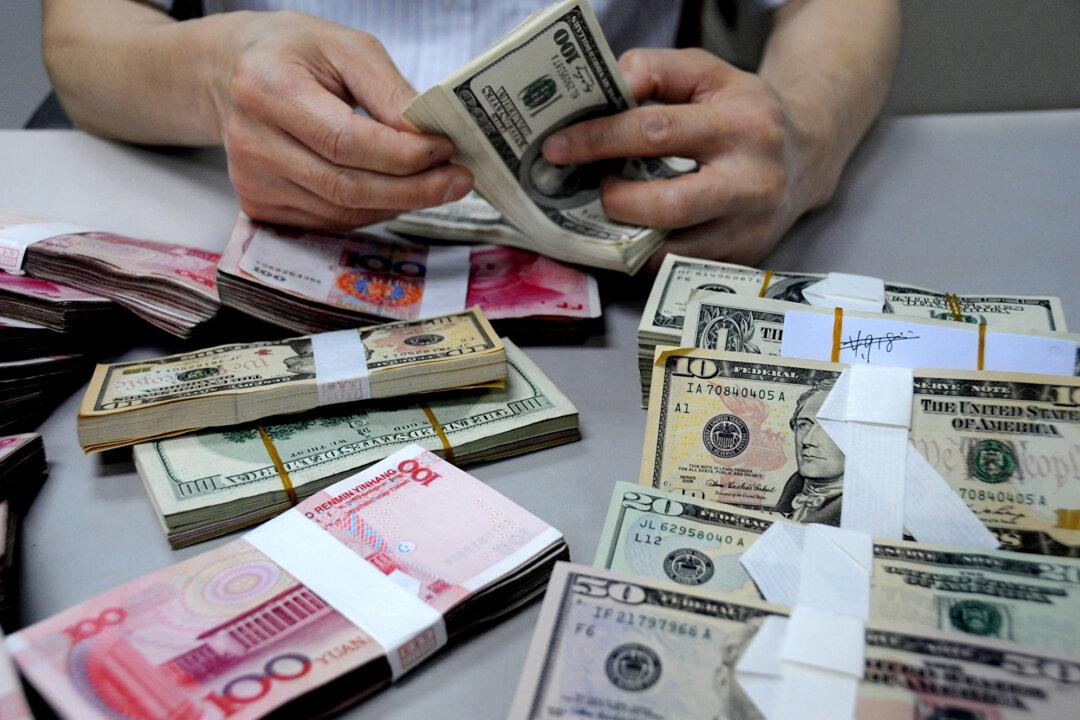News Analysis
After the U.S. Securities and Exchange Commission (SEC) tightened its supervision of China concept stocks and U.S.-China relations worsened further following the outbreak of the Russian-Ukrainian war, foreign investment into China has plummeted by more than 60 percent in the first quarter of 2022 compared to the same period last year.





